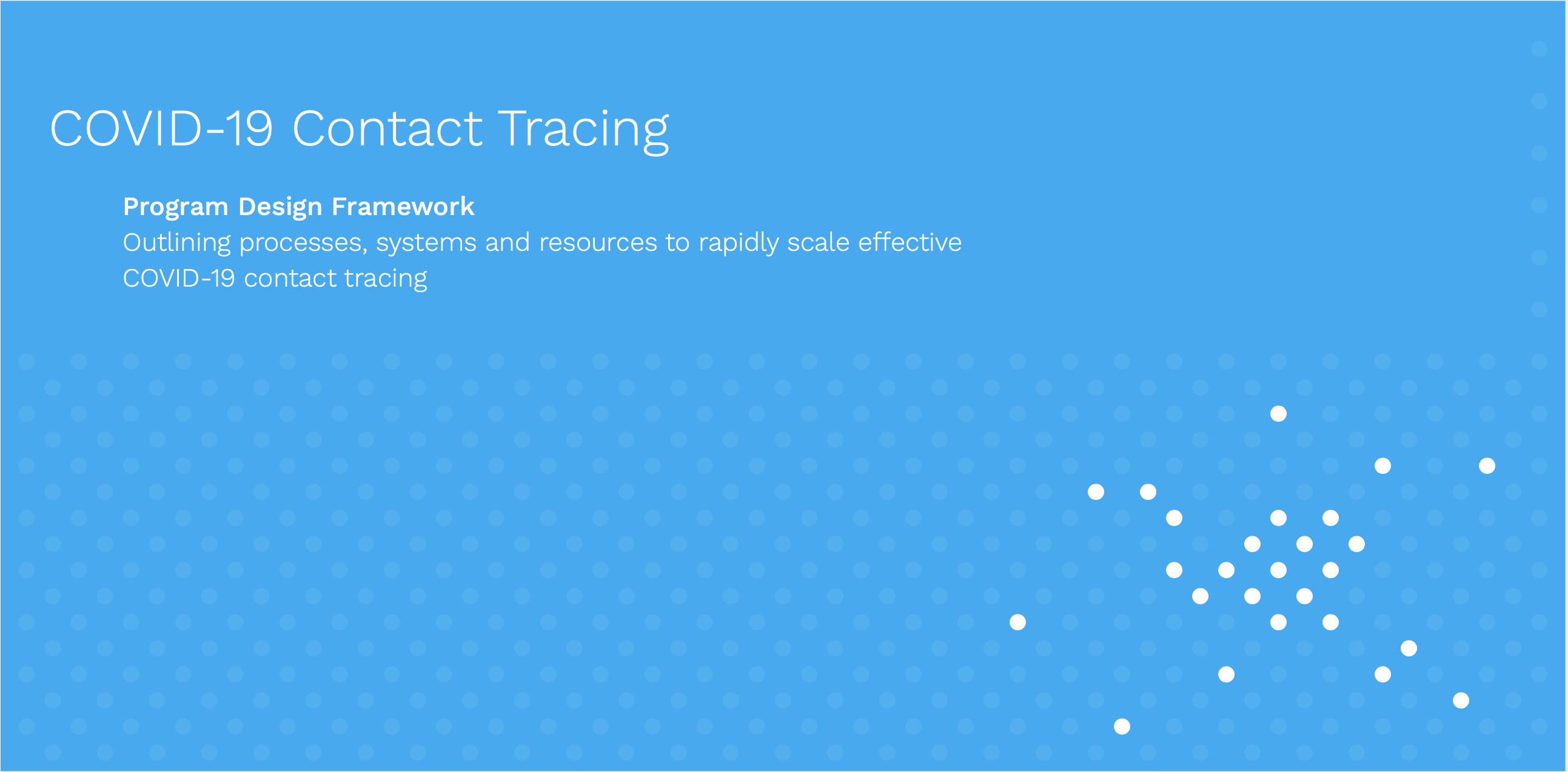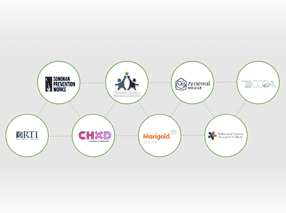A regional prototyping workshop on addressing health needs of informal workers in November last year resulted in a few prototypes, one of them is an automated hotline co-created by InSTEDD iLab Southeast Asia (iLab SEA) in collaboration with Social Health Protection Association (SHPA).
“Without the field test, we would not understand the different needs of potential audience (some need information about H Equity Fund, while other need more information about insurance) their levels of literacy, language (slang words), the need of promotional materials to remind them the hotline number,” said Seila Nuon of SHPA.

Prospect users read print leaflets that provide basic information about how they can learn more about why and how to sign up for an affordable health insurance service through the new hotline

A 30-year-old street vendor testing the hotline
The automated hotline offers informal workers a time flexible channel to better achieve awareness, understanding and utilization of health financing mechanisms available to them.
Every time we design collaboration tools or help organization partners like SHPA to use our existing platforms like Verboice, we usually ask these key questions: Is it needed? Does it work? Will it get to those who need it? Will they use it right?

About an hour drive from Phnom Penh, SHPA field staff sat down with a prospect user to learn how he gained information about the hotline through the print leaflet
Thanks to the iLab SEA’s years of collaboration with network operators, we can quickly launch the new Verboice-powered hotline in less than a couple of weeks, not months. This even saves us some more time to observe our users (for example, how would they react to leaflet content and the hotline) and gather their feedback.

On a Phnom Penh street, a bicycle fixer, 70, listens to the voice message designed for informal workers like him
Along the way, we learned what we need to simplify the language, the terms used in the promotional print leaflet and the structured voice messages. For instance, one of the major changes we made to the automated voice messages was to remove the navigation menu, a feature that allow users to quickly listen to particular piece of information by pressing # 1, # 2, or # 3. By making some of the changes based on users’ feedback, we can aim at making the hotline for a better experience, listening to the easy-to-understand rational messages before going through an option to talk to the human operators or leaving questions (when live operators not available).





